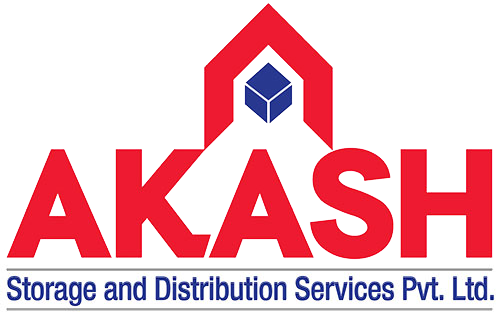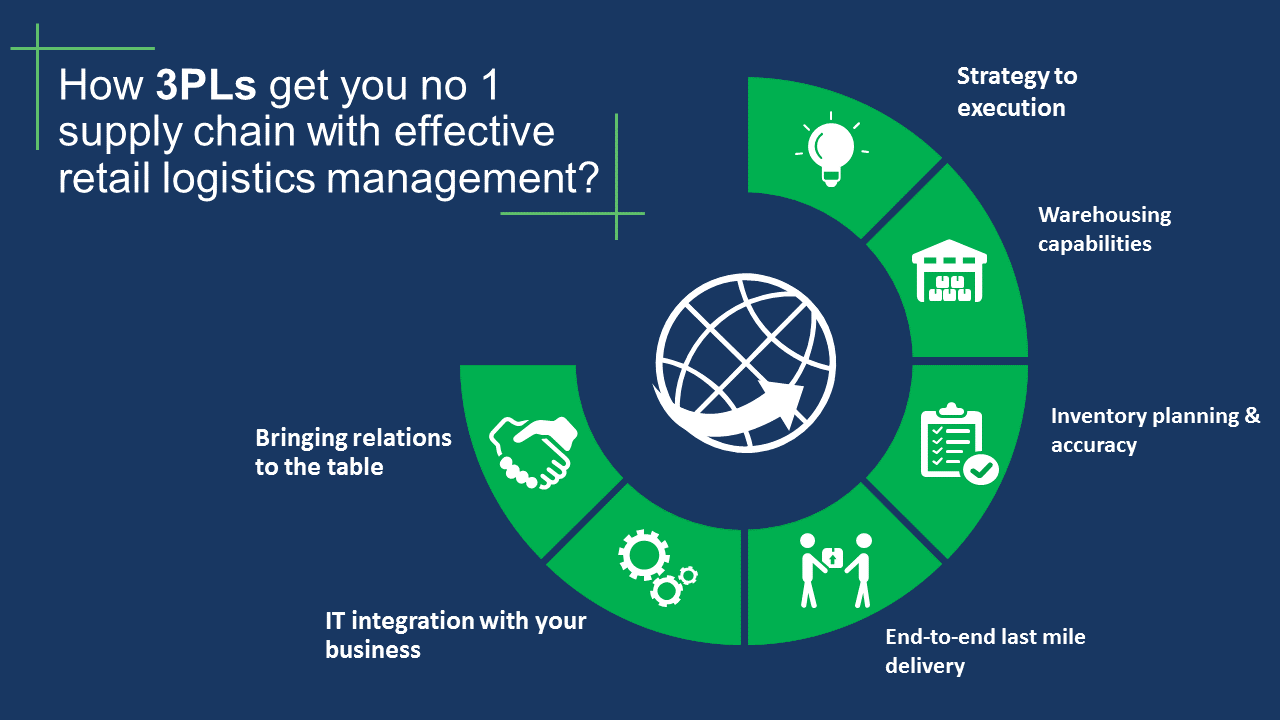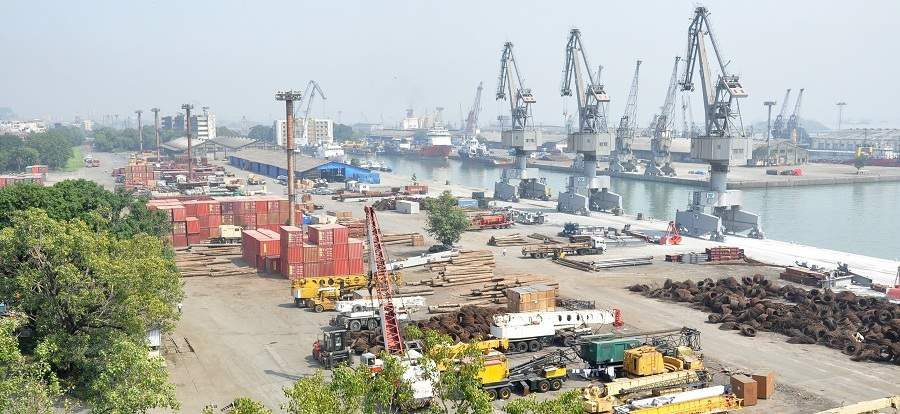About Warehouse Management:
Warehouse is an essential aspect of any business that deals with physical goods. It entails handling, distributing, and storing products to make sure they are available when needed. It plays a crucial role in facilitating the efficient movement and distribution of items from the point of origin to the end customer or retail outlet.
Various types of products stored in warehouse. Ranging from raw materials to finished goods, and they come equipped with diverse storage solutions. Such as pallet racking, shelving systems, and specialized areas for temperature-sensitive items. The primary function of a warehouse is to ensure that inventory is proper managed, allowing for easy retrieval and quick order fulfilment. Advanced warehouse management systems (WMS) are employed to track stock levels, monitor product movement, and optimize storage space. The importance of warehousing cannot be overstated, especially in a place like Bhiwandi, where businesses rely heavily on the efficient management of their inventory.

Mumbai Warehouse:
A Strategic Location for Your Business
Mumbai is a bustling commercial hub. When choosing a warehouse location in Mumbai, you should consider the proximity to your target market, your suppliers, transportation hubs, labor and the cost of real estate. Therefore some strategic locations for warehouses in Mumbai include Bhiwandi, Panvel and Navi Mumbai.
Bhiwandi is a major warehousing hub, is a prime location for warehousing in Mumbai. It is well connected to major transportation networks, making it easy to transport goods to different parts of the country. Additionally, Bhiwandi has a thriving warehousing industry, with a range of 3PL warehousing providers catering to the needs of businesses of all sizes. If you are looking for a strategic business location for Mumbai warehousing then Bhiwandi is a good option to consider. The city offers a number of advantages, including affordable land, availability of labor and tax incentives.

3PL Warehouse:
A Comprehensive Solution for Your Business
Third-party logistics (3PL) warehousing is a type of warehousing where a third-party logistics company owns and operates a warehouse for businesses. Furthermore, 3PL warehouses offer a variety of services, including warehousing, order fulfilment, returns processing, inventory management, cross-docking, and kitting.
There are many reasons why businesses opt for 3PL warehousing. Firstly, some of the benefits of using 3PL warehousing include reduced costs, increased efficiency, and improved focus and flexibility.
When choosing a 3PL warehouse, businesses need to carefully consider the size and type of their operations, their specific needs, the location of the warehouse, and the cost of the facility.
In conclusion, 3PL warehousing can be an excellent option for businesses that need to outsource their warehousing and logistics operations. Additionally, by outsourcing these operations, businesses can reduce their costs, improve efficiency, and focus on their core competencies.

Inventory Management:
The Key to Efficient Warehousing
The critical aspect of warehousing is inventory management. It involves tracking inventory levels accurately through manual or automated systems. Categorizing items based on criteria for instance value and quantity, and forecasting customer demand to prevent stock-outs or excess stock. Safety stock is maintained to buffer against unforeseen fluctuations. While strategies like Economic Order Quantity (EOQ) help determine optimal order quantities.
Some businesses adopt the Just-In-Time (JIT) inventory approach to minimize carrying costs and coordinate with suppliers for timely deliveries. Inventory management software streamlines processes and provides real-time data for informed decision-making. Effective inventory management reduces holding costs, enhances efficiency, boosts customer satisfaction. And ultimately improves a company’s profitability by ensuring the right products are available at the right time.
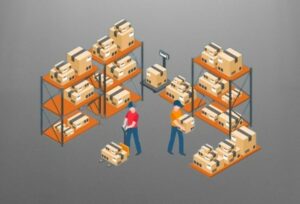
Storage & Distribution Services:
Ensuring the Smooth Flow of Goods
Storage and distribution services are essential components of warehousing. With the help of advanced warehouse management systems, businesses can optimize their storage and distribution operations, reducing costs and improving efficiency. Distribution services, on the other hand, focus on transporting goods from storage facilities to their intended destinations, be it retailers and wholesalers. This entails optimizing transportation routes, employing last-mile delivery strategies for prompt customer receipt and handling reverse logistics for returns.
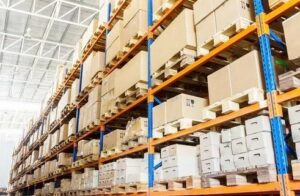
Third-Party Logistics:
The Future of Warehousing
The warehousing industry is evolving rapidly, and third-party logistics providers are at the forefront of this change. By leveraging advanced technologies and best practices, 3PL providers are helping businesses to streamline their operations and improve their bottom line. As businesses continue to look for ways to optimize their operations but 3PL warehousing providers will play an increasingly important role in the future of warehousing. The future of warehousing is likely to be shape by a number of factors, including the growth of e-commerce, the rise of automation, and the need for sustainability.
Conclusion
In conclusion, warehousing is an essential aspect of any business that deals with physical goods. With the help of advanced technologies and best practices. Businesses can optimize their warehousing operations, reducing costs and improving efficiency. Whether you are looking for Mumbai warehousing or 3PL warehousing services, Bhiwandi offers a strategic location and a thriving warehousing industry to meet your needs.
